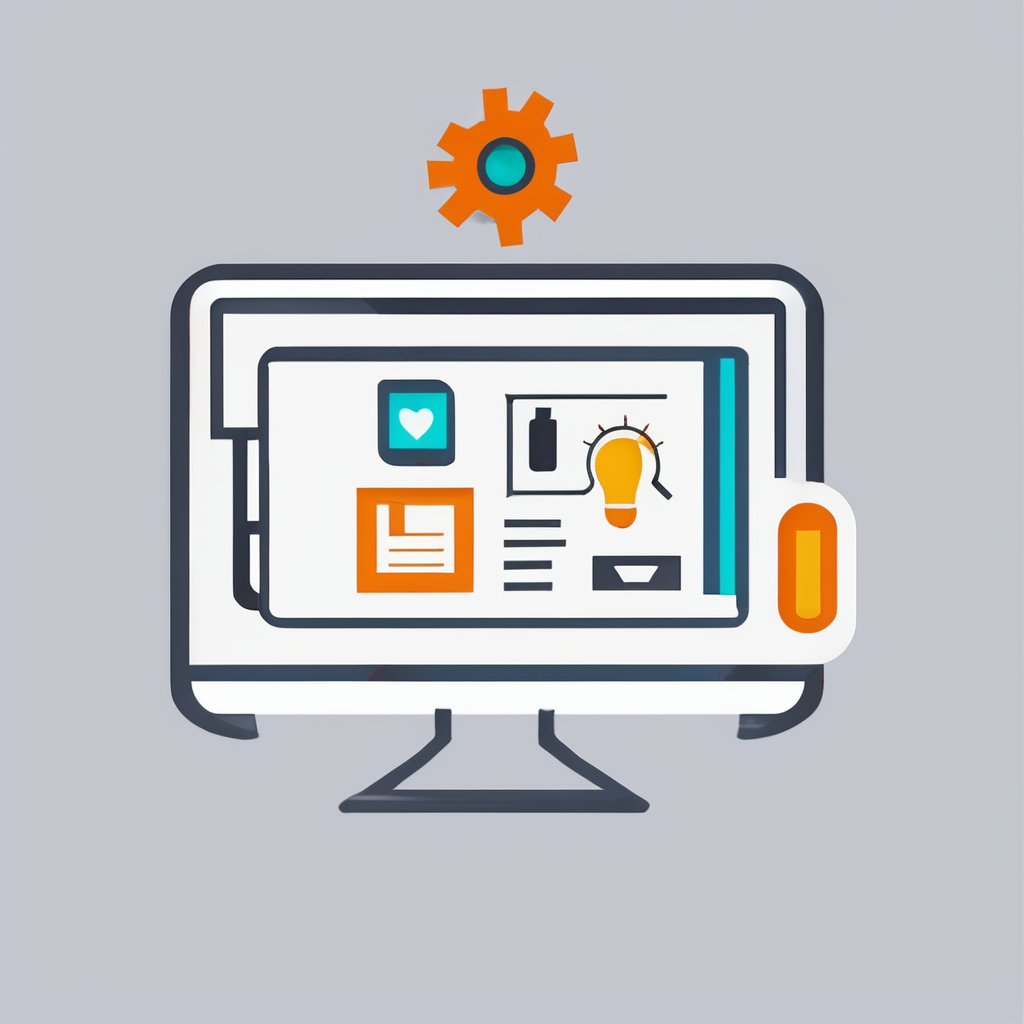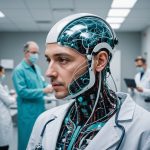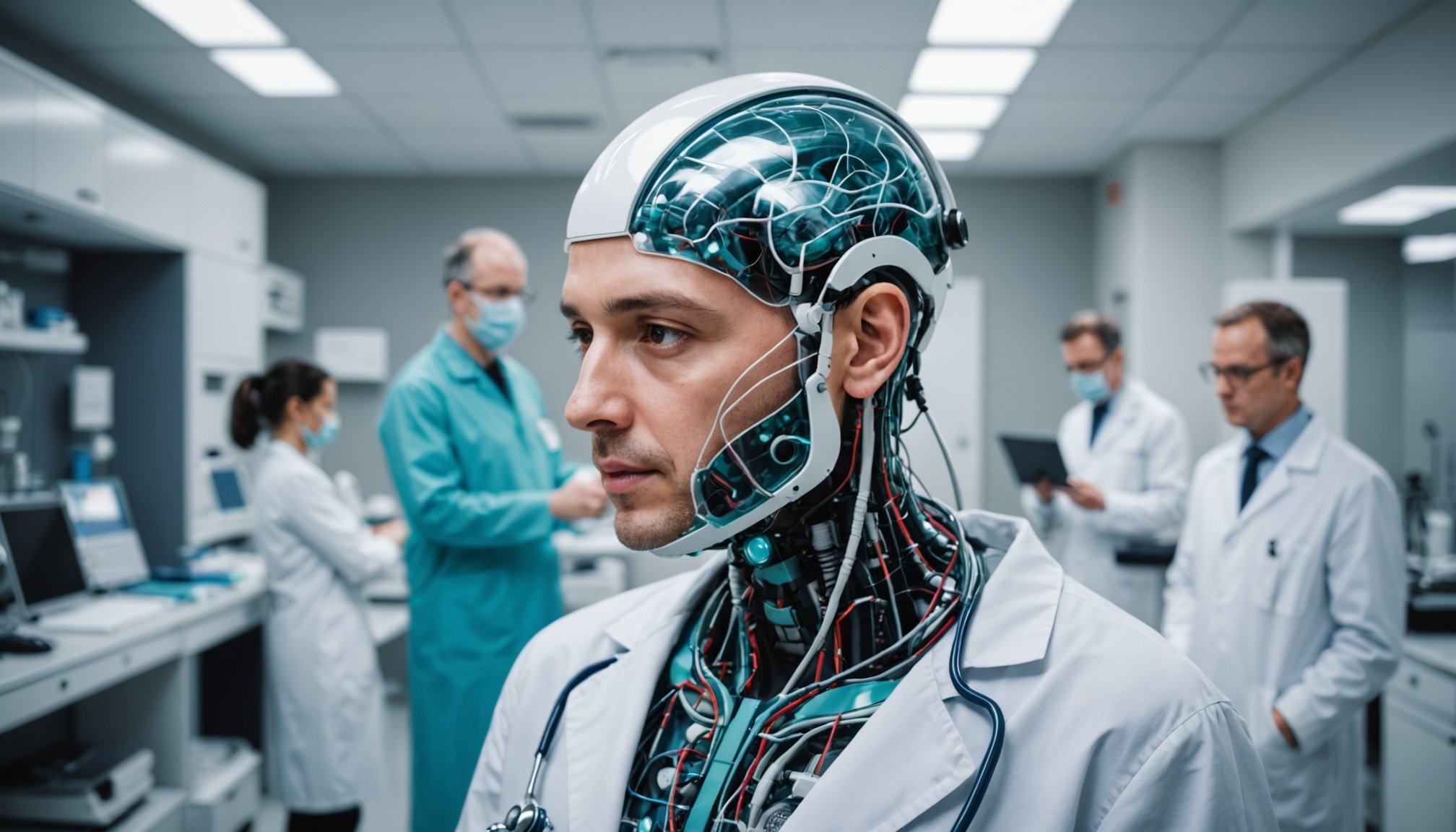Overview of AI in Diagnostics
With the ever-evolving healthcare technology landscape, AI in diagnostics has become a significant area of growth and transformation within the UK’s healthcare system. The introduction of AI technologies is reshaping how medical diagnostics are conducted.
Current Landscape
In the UK, healthcare innovations have resulted in the integration of state-of-the-art AI systems into medical facilities. These innovations aim at improving diagnostic accuracy and efficiency while reducing human error. AI-driven tools are now capable of analysing X-rays, MRIs, and other diagnostic images, offering insights faster than traditional methods.
Also to discover : Unlocking the Advantages of AI in Public Transit: Transforming UK Transportation Systems
AI Applications and Functionalities
AI applications in diagnostics cover a wide range of functionalities. These include automated image recognition, improving the detection of diseases such as cancer. Besides, AI aids in interpreting complex datasets which contribute to better-informed diagnosis and treatment plans.
Integration in Healthcare Frameworks
The seamless integration of AI in diagnostics within existing frameworks requires collaboration between technologists and healthcare professionals. By ensuring compatibility and ease of use, AI systems have been successfully embedded in various healthcare pathways, optimising workflows and enhancing patient outcomes.
In parallel : Top Strategies for Successful AI Integration in UK Law Firms: Best Practices Revealed
Overall, the embrace of AI represents a forward-thinking approach in the UK, leveraging technological advancements to elevate the standard of healthcare services.
Key Innovations and Case Studies
Understanding how AI diagnostic tools are reshaping healthcare requires a look at both technological innovations and real-world applications.
Prominent AI Tools Shaping Diagnostics
AI diagnostic tools are making waves by offering rapid and accurate solutions. These tools utilise complex algorithms to assess data, identify patterns, and predict health outcomes. For instance, AI can swiftly interpret medical images from MRIs or CT scans, improving precision in diagnosing conditions like cancer. The integration of AI in these processes not only enhances efficiency but also minimises human error.
Case Studies of AI Implementations in the UK
One notable UK-based case study involves AI tools in diabetic retinopathy screening. AI systems in numerous hospitals quickly analyse vast datasets of retinal images, identifying those needing further examination. This process reduces delays, allowing timely treatment and ultimately saving sight. Another case is the NHS’s adoption of AI in radiology, where automatic image recognition speeds up the diagnosis process, significantly reducing patient wait times.
Comparative Analysis of Traditional vs. AI-Driven Diagnostics
Traditional diagnostics often rely on manual examination and interpretation, which can be time-consuming and prone to human error. In contrast, AI-driven diagnostics optimise procedures by providing high-precision and automated insights. Examples include reduced diagnostic times and increased detection rates in cancer screenings, underscoring the substantial benefits observed from integrating AI tools in healthcare processes.
Benefits of AI in Diagnostic Practices
Artificial intelligence is revolutionising the healthcare landscape by offering substantial advantages in diagnostics. By improving accuracy and speed of diagnosis, AI systems enable earlier detection and treatment of diseases. This rapid processing capability allows healthcare professionals to make more informed decisions, reducing human error and enhancing patient safety.
AI technologies contribute significantly to improving healthcare outcomes through their ability to analyse vast amounts of data swiftly and comprehensively. This capability not only aids in detecting complex patterns in medical imaging but also enhances the predictive accuracy in disease progression, which ultimately refines treatment plans for patients.
Moreover, AI’s integration into healthcare systems can lead to efficiency in diagnostics by streamlining processes and optimising resource allocation. The automation of routine tasks and analyses enables healthcare providers to focus on more complex and critical cases, thus increasing overall productivity.
From a financial perspective, the potential reduction in healthcare costs is a notable advantage. By minimising unnecessary tests and procedures, AI applications can significantly decrease expenses associated with diagnostics, contributing to more sustainable healthcare systems.
Finally, the application of AI in diagnostics results in improved patient outcomes and satisfaction. Early and accurate diagnosis leads to timely interventions, shorter recovery periods, and an overall better quality of care, fostering greater trust in healthcare services.
Challenges and Limitations of AI in Healthcare
Artificial Intelligence (AI) has undeniably revolutionised the healthcare sector. However, it is not without its challenges.
Ethical Concerns in AI Applications
One primary issue is the ethical considerations surrounding AI use. Ethical dilemmas arise when AI algorithms make decisions that can significantly impact a patient’s health. The lack of transparency in AI decision-making processes often exacerbates these concerns. Do AI systems have the capacity to replace human judgement effectively and empathetically? While AI can process data efficiently, it lacks the intuitive understanding and personal touch that healthcare professionals provide.
Data Privacy and Security Issues
A significant challenge is ensuring data privacy in healthcare. With AI systems handling patient information, there’s an increased risk of data breaches. How do healthcare providers guarantee patient confidentiality? Rigorous data handling practices and compliance with regulations like GDPR are crucial. Ensuring data privacy means implementing robust security measures to protect sensitive information from unauthorised access.
Technical Limitations of Current AI Technologies
Despite advancements, technical limitations persist, hindering broader AI adoption. AI systems sometimes struggle with bias, particularly when trained on non-representative datasets. How can we mitigate these technical barriers? Enhancing algorithm transparency and continually updating training datasets with more diverse information can help. Improving the technology requires continuous research and adaptation to evolving healthcare needs.
Expert Insights and Perspectives
Obtaining insights from healthcare professionals offers a rich understanding of AI’s role in diagnostics. Interviews with key stakeholders in the healthcare sector reveal a diverse range of expert opinions. These experts highlight the potential of AI to revolutionise diagnostics, emphasising its ability to enhance accuracy and efficiency in identifying diseases.
Healthcare leaders, when discussing the future of AI in diagnostics, often underline the importance of integrating AI technology with existing methods. This convergence is anticipated to bolster the diagnostic capabilities of medical practitioners, allowing for more precise treatment plans.
A recurrent theme among interviews is the imperative to improve AI adoption rates among healthcare professionals. According to expert opinions, the familiarity and comfort level of professionals with AI tools play a crucial role. Practical insights suggest that training and ongoing education initiatives can facilitate easier adaptation to AI technologies.
To accelerate AI adoption, experts recommend:
- Developing user-friendly AI interfaces
- Ensuring robust training programs for healthcare professionals
- Establishing clear regulatory guidelines for AI tools
These measures can help bridge the gap between AI capabilities and its practical implementation in healthcare environments. By addressing these challenges, healthcare professionals can fully harness the benefits of AI diagnostics insights.
Future Predictions for AI in Diagnostics
Navigating the future of AI in diagnostics offers intriguing possibilities. Emerging technologies promise transformative shifts in healthcare, moving beyond traditional boundaries.
Potential Developments in AI Technologies
Innovations like machine learning algorithms and enhanced data processing are set to revolutionise diagnostics. With the ability to analyse vast datasets, AI could uncover patterns undetectable by human analysis. Expect advancements in predictive analytics, enabling earlier disease detection and personalised treatment plans.
Evolving Role of AI in Patient Care
AI’s role in patient-centered care will evolve significantly, enhancing patient outcomes and satisfaction. By facilitating more precise diagnoses, AI empowers doctors to tailor treatments, improving recovery rates and reducing healthcare costs. Moreover, virtual health assistants might become integral in managing chronic conditions, allowing patients more control over their healthcare journey.
Strategic Recommendations for Policymakers
For AI integration to be successful, policymakers need strategic guidance. They should focus on creating frameworks that promote innovation while safeguarding patient privacy. It’s crucial to establish ethical standards and regulations that ensure AI technologies are used responsibly. In addition, investment in workforce training will be essential to prepare healthcare professionals for collaboration with AI tools, ensuring the potential of AI in diagnostics is fully realised.










